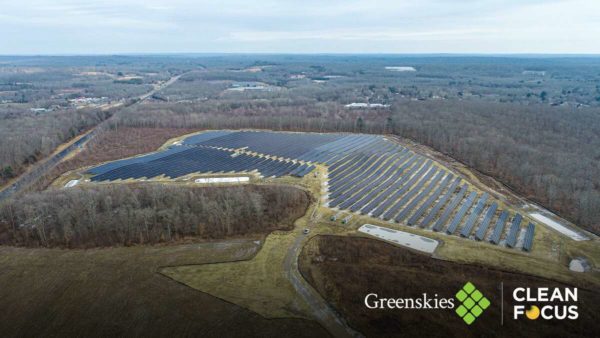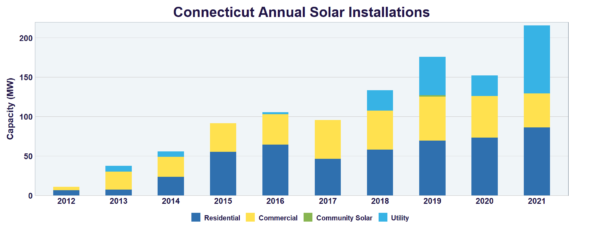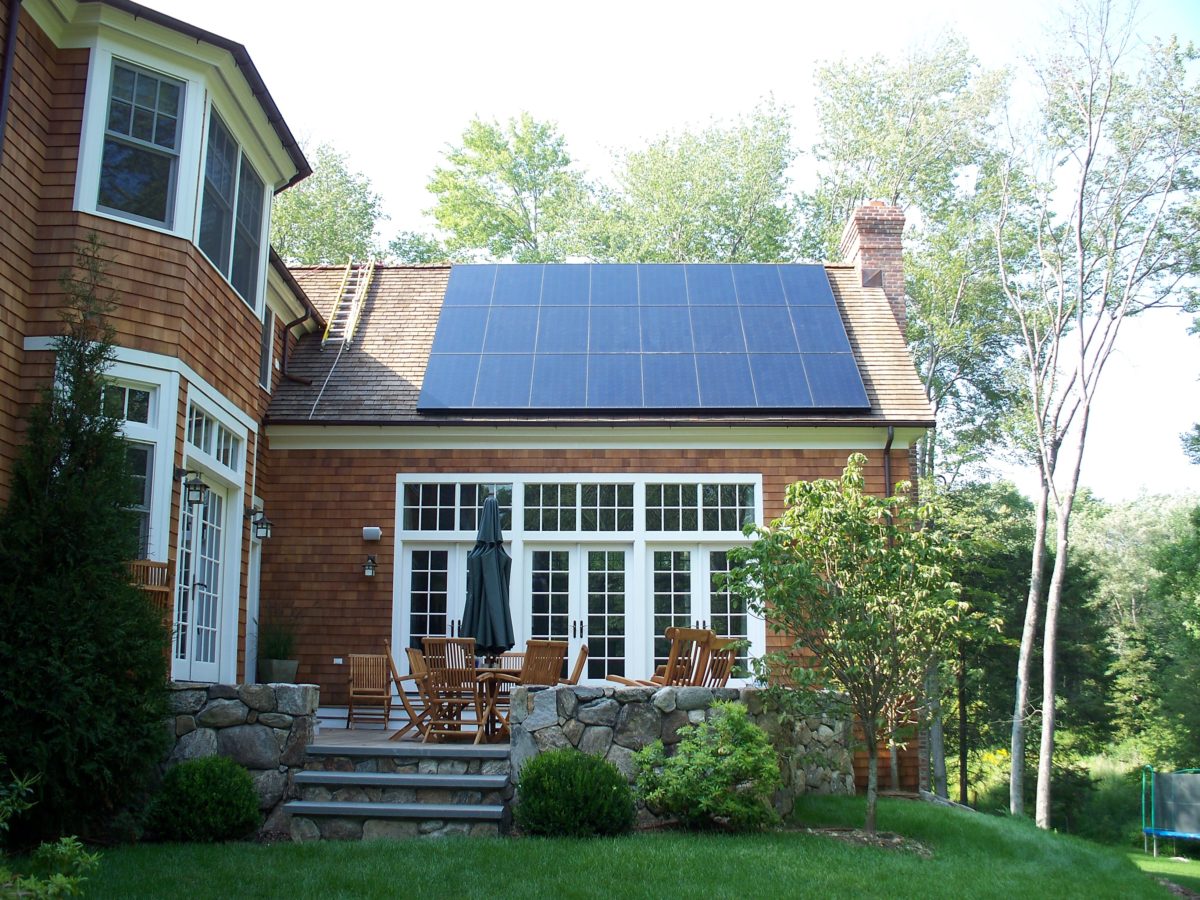The Northeastern state of Connecticut has a steadily growing solar industry, backed by intelligent policy across sectors. The state has a particularly strong commercial solar presence, and residential solar can provide significant cost savings to homeowners, who pay nearly 50% more for electricity than the national average, according to the Energy Information Administration (EIA).
In addition to the federal Investment Tax Credit (ITC), which is 26% of system costs through 2022, residents of Connecticut have access to several incentives for solar PV. Residential solar increases home value, but it is exempt from property taxes and the state’s 6.35% sales tax.
Connecticut also administers zero emissions renewable energy credits (ZRECs). It is a capped block program and a lottery system that provides credits to systems across sectors. Details can be found here.
Perhaps the most successful program in the state has been the Connecticut Green Bank. The program provided significant upfront incentives, and it exceeded its expanded goal of 382MW deployed ahead of scheduled. Earlier this year, the program surpassed $2 billion in total investment.
New incentives in 2022
The Green Bank program was replaced at the beginning of 2022 by the Residential Renewable Energy Solutions program, which supports projects up to 25kW-AC, and will run for six years.
The program will be administered by utilities Eversource and United Illuminating (UI). Customers have two options: a buy-all incentive or a netting incentive similar to traditional net metering.
The buy-all program is administered as follows: The utility will purchase power from homeowners at a rate approved by the Public Utilities Regulatory Authority (PURA). Customers will receive compensation as either an on-bill credit to offset monthly bills or a cash payment once per quarter. Customers may specify a percentage of the compensation to be split between the two options. Homeowners will purchase the electricity needed to power their homes directly from Eversource or United Illuminating. Any on-bill credits not used to offset the bill can be cashed out once annually, and any cash payments (quarterly or annually) must go to a third party that is not the account holder.
The rate for the buy-all program locks in for 20 years, and it includes that value of any ZRECs earned. The current buy-all rate for both Eversource and UI customers is $0.2943 per kWh. With the Buy-All Incentive, power generation and consumption are measured using separate meters installed at the home.
Under the netting option, power produced by the system, but not consumed within the month, is “netted” at the same rate paid to Eversource for electricity. Net credits are applied to the bill in dollars and will be used to offset future customer, supply and delivery charges. Any excess credits can be carried over each month and cashed out if electric service is stopped. Once enrolled, the compensation rate (in dollars per kilowatt hour) for net production will fluctuate with the prevailing retail rate over a 20-year term.
Currently, Eversource customers are offered $0.0318/kWh, and this extends for 20 years. UI customers do not receive an additional incentive beyond the benefit of retail priced net metering. Customers will also take in a quarterly ZREC payment.
Both options come with adders, including a $0.025/kWh value adder for low-income customers, and designated “distressed municipalities” will receive an additional $0.0125/kWh.
Connecticut has a multitude of state level incentives in pursuit of climate-related goals. The Database of State Incentives for Renewables & Efficiency (DSIRE) outlines them here.
Notable project
In North Stonington, Connecticut, a 6.1MW solar facility is expected to provide $9 million in savings for five Connecticut state colleges and universities in its first 20 years of operation. Developed by Greenskies Clean Focus, the project uses a virtual net metering mechanism to provide colleges with clean energy. The project will serve Central Connecticut State University in New Britain, Eastern Connecticut State University in Willimantic, Western Connecticut State University in Danbury, Manchester Community College in Manchester and Tunxis Community College in Farmington.

“In addition to the financial benefits, this project is expected to generate upwards of 8.8 million kWh of clean, renewable energy every year. Over the next 20 years, that’s enough clean, renewable energy to offset 125,000 metric tons of carbon dioxide, the equivalent of taking more than 27,000 cars off the road or preserving over 153,000 acres of U.S. forests,” said Stanley Chin, CEO of Greenskies.
The project is comprised of 14,000 solar modules and occupies 27 acres of land, which was leased from a local meat and dairy farmer.
State statistics
SEIA ranks Connecticut 22nd in deployment nationally, not bad for a state 29th in population. It estimates 1097.4 MW have been installed through Q4 2021, and enough photovoltaic electricity is produced to power the equivalent of 174,333 homes.

In Connecticut, over 2,000 people are employed by the solar industry across 135 companies. The state holds 27 manufacturers and 54 Installers/Developers. SEIA estimates $2.7 billion in economic activity related to solar has occurred in the state.
The first stop of pv magazine’s tour solar state incentives took us to Maine, and next we are headed to New Hampshire.
This content is protected by copyright and may not be reused. If you want to cooperate with us and would like to reuse some of our content, please contact: editors@pv-magazine.com.









By submitting this form you agree to pv magazine using your data for the purposes of publishing your comment.
Your personal data will only be disclosed or otherwise transmitted to third parties for the purposes of spam filtering or if this is necessary for technical maintenance of the website. Any other transfer to third parties will not take place unless this is justified on the basis of applicable data protection regulations or if pv magazine is legally obliged to do so.
You may revoke this consent at any time with effect for the future, in which case your personal data will be deleted immediately. Otherwise, your data will be deleted if pv magazine has processed your request or the purpose of data storage is fulfilled.
Further information on data privacy can be found in our Data Protection Policy.